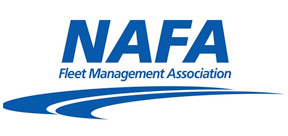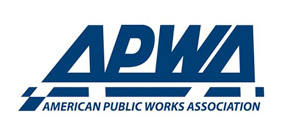Excess vegetative waste leads to free mulch program
Residents of Charlottesville, Va., are able to take advantage of a free mulch program offered by the Rivanna Solid Waste Authority. The program started as a way for residents to reuse the tons of vegetation collected each year, which benefited residents and the Solid Waste Authority by diverting organic waste from the landfill and then turning it into something useful.
The program started with residents paying for the mulch but has evolved into a completely free program.
“Efforts to divert organic waste from the landfill extend back to times when we operated a landfill on our site,” Phillip McKalips, Rivanna Solid Waste Authority solid waste director, explained. “It continued through the period when we transitioned to transfer station operations and were no longer landfilling at our site.
“For many years we charged customers $30 a ton to buy our ground mulch. We received about 2,000 to 2,500 tons of vegetation each year, and we were able to sell all or most of it. About six years ago, we started noticing that we were receiving more vegetation, and we were having trouble getting rid of the ground material — so we started having short periods of free mulch giveaways. Still, the incoming amount of vegetation grew, and soon we were conducting more giveaways than we had days that we were selling mulch. At that point, we just went free full-time.”
Not having an active landfill at the site and giving away the mulch helped cut down on transportation costs to the landfill.
Turning the vegetative waste into mulch is outsourced. A contractor visits the waste authority up to three times a year in order to perform the service. When the contractor is not on site, the vegetative waste is stored on the property until the next visit.
The waste is ground up into mulch and is either single-ground or double-ground. The double-ground mulch is what is given away to the public. Each grinding event takes approximately two months to complete, and the contractor visits around three times per year.
“We generally have double-ground mulch on hand for several months,” McKalips shared. “We aim to have a supply during the high demand spring season. Our mulch isn’t dyed, which can be an enticer or deterrent depending on the customer’s preferences.”
Single-ground mulch is much larger, up to 12 inches in size. The double-ground mulch is much smaller, similar to the size purchased at a garden center and is easier to spread.
Double-ground mulch is available on a first-come, first-served basis. When it has been restocked and is available, a press release goes out to customers and the community to let them know. The Solid Waste Authority website and social media pages are also updated regularly when mulch becomes available. As a general rule, the Solid Waste Authority tries to have mulch supplies restocked and available as much as possible during the busy spring and summer months.
When customers arrive, they are directed onto the scales so a base weight can be taken, and then they directed to the mulch area. If a customer has a pickup or trailer, there is equipment on-site to help load the mulch. If the customer only wants to fill a few trash cans or bags, they are encouraged to bring their own shovels and tools to load the mulch into the containers.
Once the mulch is loaded, the vehicle is directed to drive back across the scales in order to keep track of how much mulch is being given away.
“In fiscal year 2025, we received 9,604.06 tons of vegetative waste,” McKalips said. “In the same year, we gave away 729.353 tons of ground mulch. So, the demand for mulch still does not keep up with our supply of incoming vegetative waste.” Excess single-ground mulch is transferred off-site.
Because the Solid Waste Authority takes in more vegetative waste than can be given away in mulch, officials in Charlottesville have had to create a balance between how much vegetative waste is stored, how much double-ground mulch is available and the excess that is transported off-site. Community support for the program ensures that the efforts will continue.
Next Article: Smart water management transforms Sandy, Ore., operations and cuts water loss by over 30%




